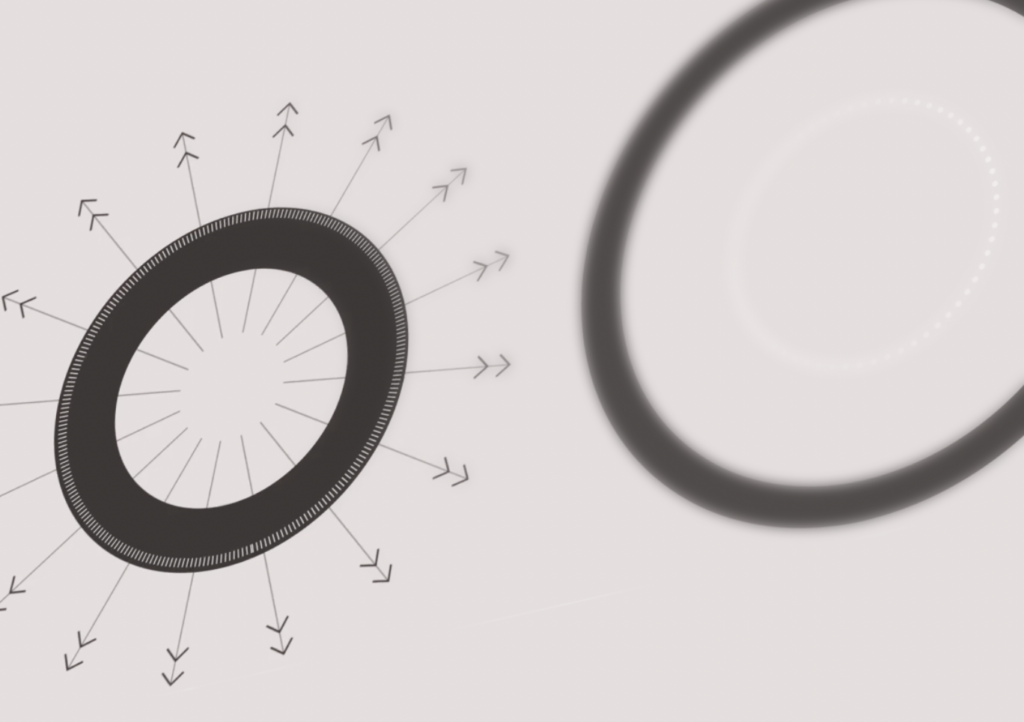‘Human health is inextricably linked to the health of the planet’

Project co-directors Prof. Paul Rodgers and Prof. Mel Woods spoke to Leilah Hirson-Comley of the Future Observatory about the first year of Design HOPES, covering the projects successes to-date, and our plans for the future.
Professor Rodgers contextualised Design HOPES as follows;
“The health sector is Scotland’s biggest employer; there are close to 200,000 employees and they are using tonnes of resources every year. In NHS Scotland, a lot of these resources go to waste so our job as design researchers is to intervene and innovate. We are looking at how we can design new ways of doing things at a systems level, local levels and everything in between.”
Professor Woods added;
“Human health is inextricably linked to the health of the planet, so we are exploring the role that design – in all its guises – can play in creating a healthier planet and people. For context, [globally] the health sector is the fifth largest contributor to climate change. If we can start to reduce its impact, we can make real progress towards green transition goals.”
Read the full interview here.



